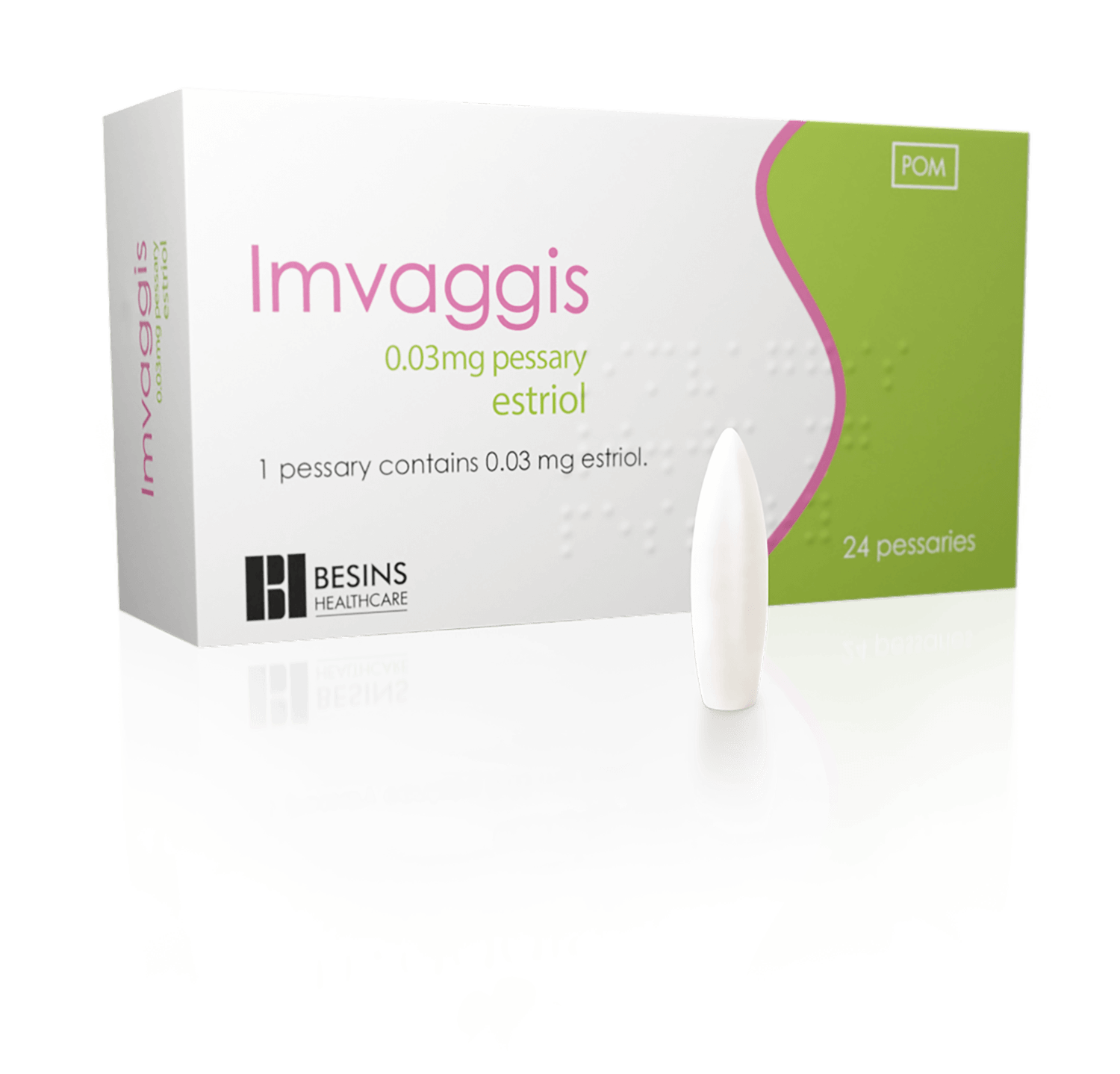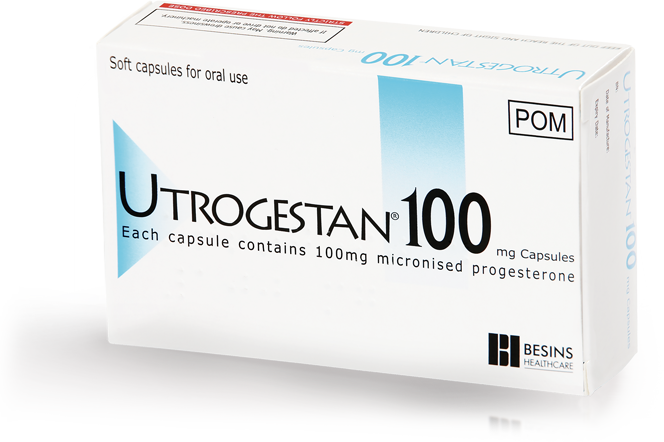Q. Can Oestrogel be taken in hand luggage on aeroplanes?
Oestrogel contains approximately 100ml gel. This is considered a liquid. The following recommendation is provided on the UK government website (www.Gov.uk). You’re allowed to carry essential medicines of more than 100ml in your hand luggage, including liquid dietary foodstuffs and inhalers. You’ll need supporting documentation from a relevant medical professional (for example a letter from your doctor or a copy of your prescription). The same applies for gel packs. Airport staff might need to open the containers to screen the liquids at the security point. However, airports may differ and we would recommend that the patient checks with them in advance of the flight.
Q. What is the quantity of estradiol delivered per metered dose or pump actuation?
Each metered dose or pump actuation from the dispenser is 1.25g of Oestrogel, which contains 0.75mg of estradiol. The usual starting dose is two metered doses or pump actuations per day (total daily dose of 1.5mg estradiol). If after 1 month’s treatment, effective symptom relief is not obtained, the dosage may be increased accordingly, to a maximum of four metered doses or pump actuations (3mg estradiol daily).1
The lowest effective dose for the shortest duration should be used.
Q. Why is Oestrogel only applied to a certain area?
Oestrogel is only applied to certain areas to obtain an optimal rate of absorption. The correct dose of gel should be dispensed and applied to clean, dry, intact areas of skin (e.g. on the arms and shoulders, or inner thighs). The area of application should be as large as possible and at least 750cm2. One metered dose or pump actuation from the dispenser, or half the prescribed standard dose, should be applied to each outer arm and shoulder of both arms or the mid-inner thigh of both legs. Oestrogel should NOT be applied on or near the breasts or on the vulval region.1
Q. Is Oestrogel a body-identical and/or bio-identical Hormone Replacement Therapy (HRT)?
Oestrogel is a “body-identical” HRT, containing hormones that are identical in molecular structure to the hormones women make in their bodies. Body-identical should not be confused for compounded bio-identical hormones. NICE Guidelines on Menopause (NG23) describes compounded bio-identical hormones as unregulated plant-derived hormonal combinations similar or identical to human hormones that are compounded by pharmacies to the specification of the prescriber. NICE (NG23) recommends to healthcare professionals that they should explain to women that the efficacy and safety of unregulated compounded bio-identical hormones are unknown.1,2,16
Q. When should a progestogen be co-administered with Oestrogel?
Using oestrogen-only HRT will increase the risk of excessive thickening of the lining of the womb (endometrial hyperplasia) and cancer of the womb lining (endometrial cancer). Due to this risk women who still have their uterus will generally be prescribed a progestogen in addition to Oestrogel. Women who have had a hysterectomy may be able to use Oestrogel on its own, but they should discuss this with their doctor first. Progestogen, when administered for at least 12 days a month (in accordance with the manufacturer’s instructions) reduces the risk of oestrogen-induced endometrial cancer.1
